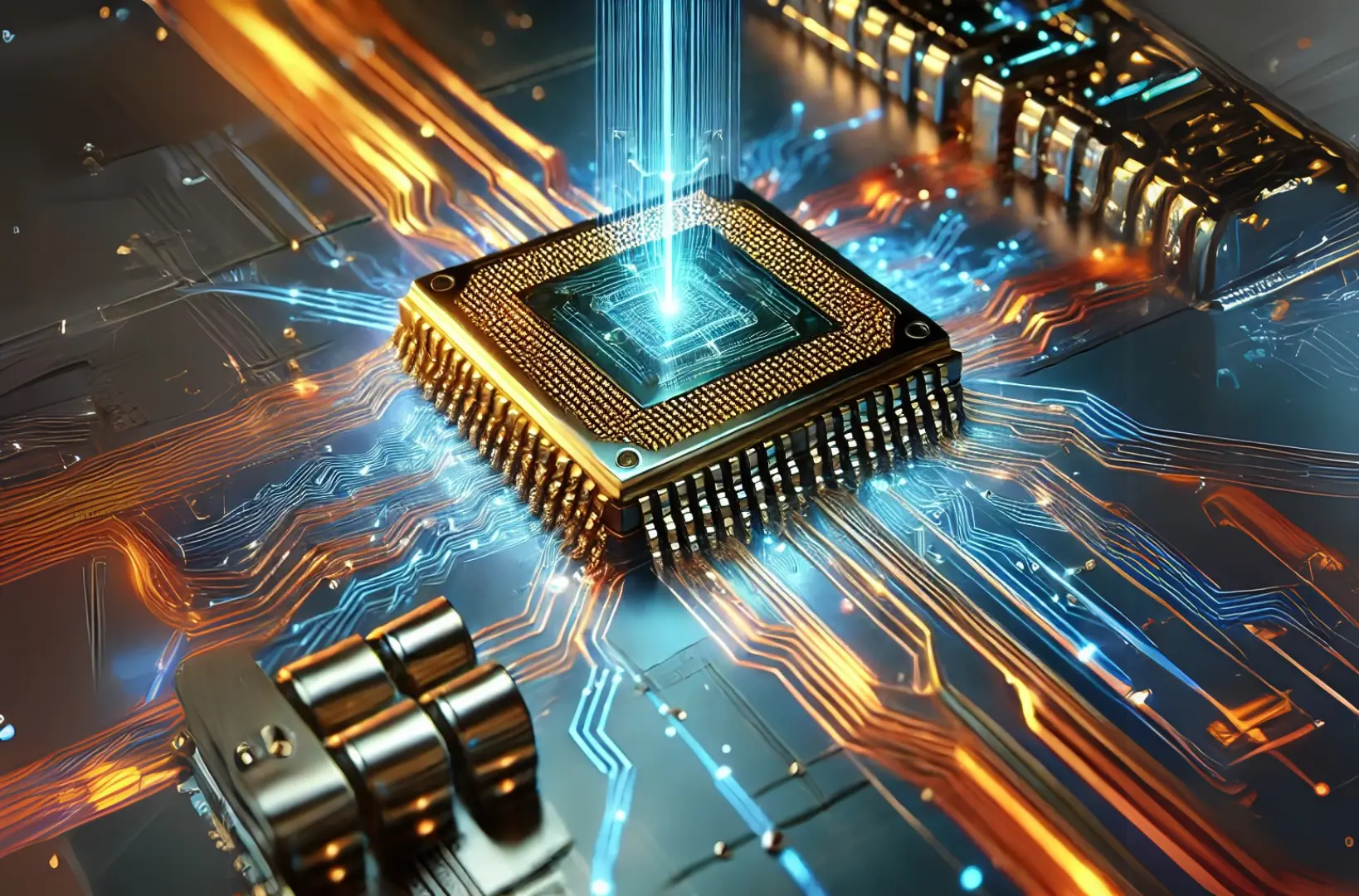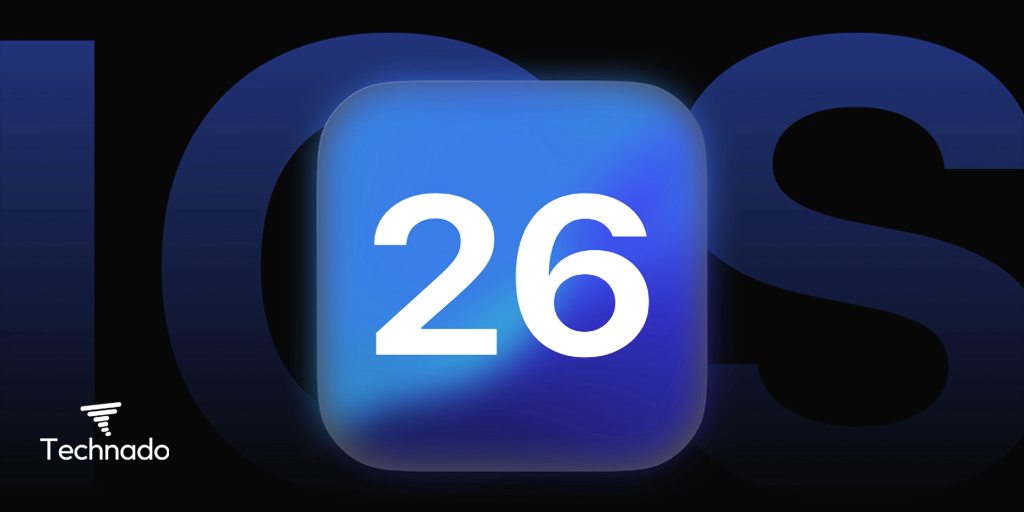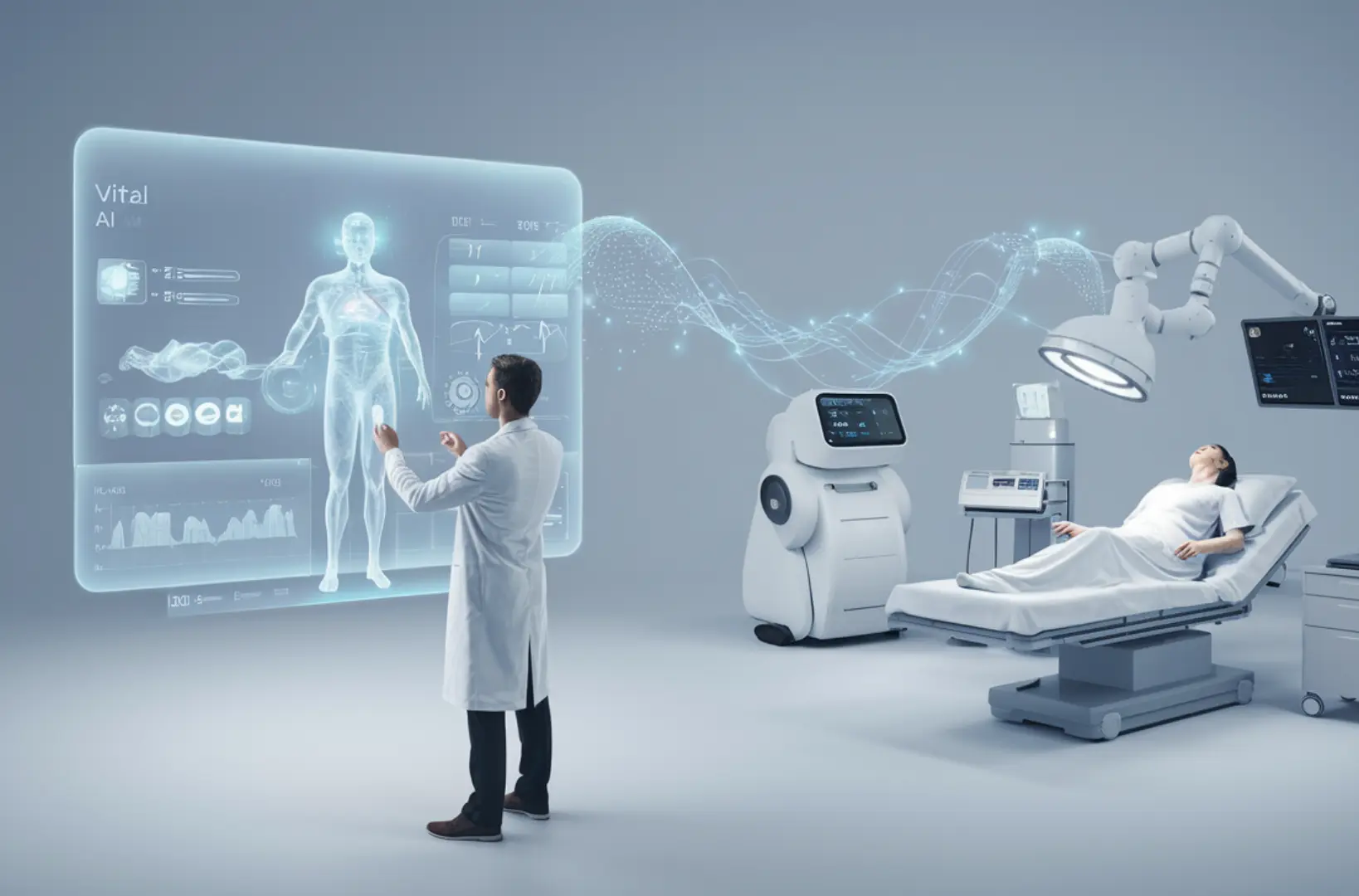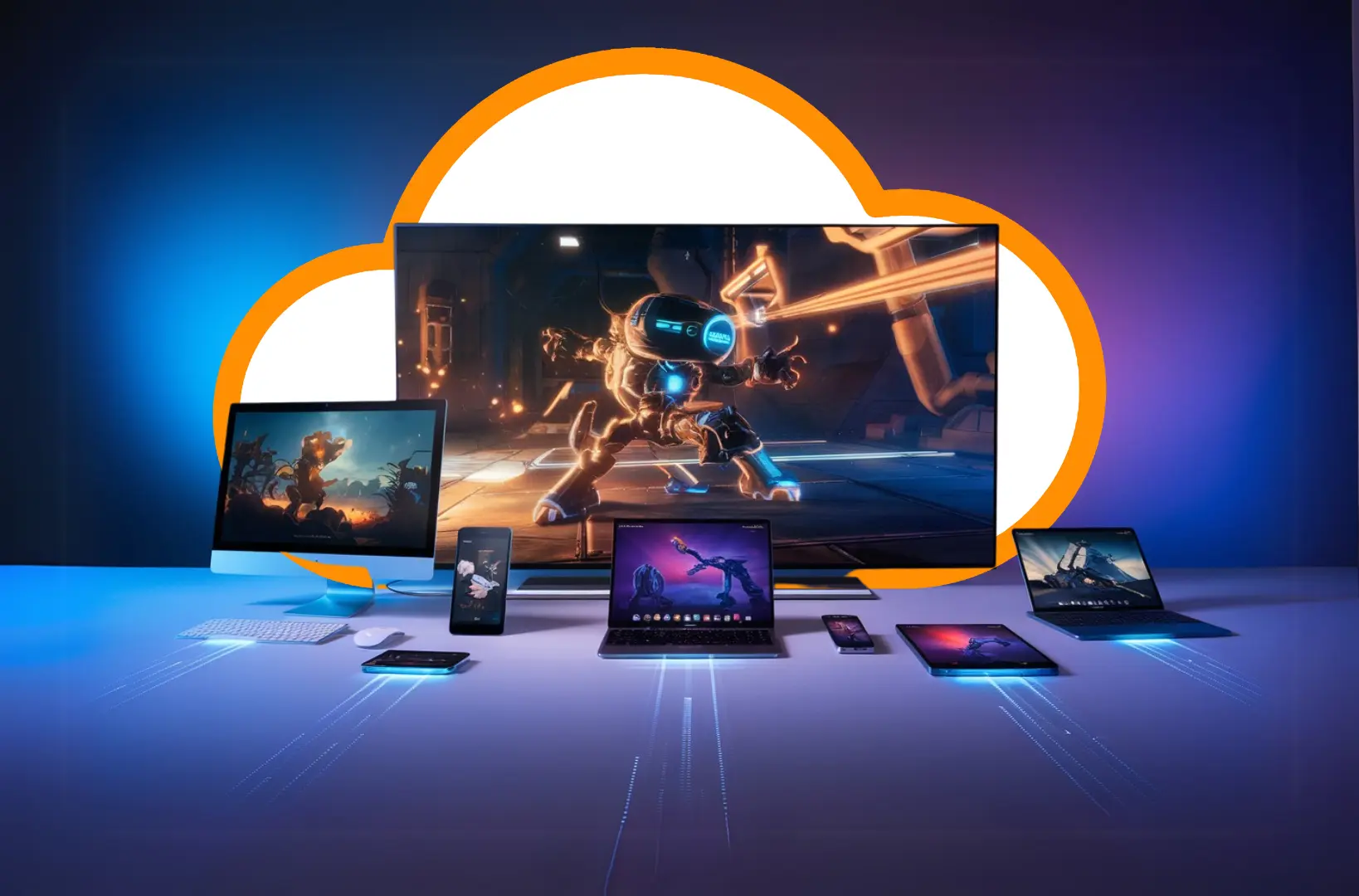The rapid evolution of robotics is pushing the boundaries of computing power, efficiency, and adaptability. Traditionally, processors based on x86 and ARM architectures have dominated this space, powering everything from industrial automation to autonomous vehicles. However, a new contender—RISC-V—is emerging as a strong alternative, offering an open-source, modular, and highly customizable approach to computing.
As the robotics industry demands greater flexibility, lower power consumption, and AI-optimized processing, could RISC-V be the future of robotics? This blog explores RISC-V’s potential, its advantages over traditional architectures, and the challenges it must overcome to become a mainstream choice in robotics.
What is RISC-V?
RISC-V (pronounced “risk-five”) is a reduced instruction set computer (RISC) architecture that stands out for its open-source nature. Unlike proprietary architectures like ARM and x86, which are controlled by major corporations (ARM Holdings and Intel, respectively), RISC-V is governed by an open standard, allowing anyone to design and implement processors based on its specifications.
Key Features of RISC-V
- Open-Source and Royalty-Free – No licensing fees, making it cost-effective for developers.
- Modular Design – Users can customize the instruction set, removing unnecessary functions to optimize efficiency.
- Scalability – Can be implemented in everything from low-power embedded devices to high-performance AI accelerators.
- Strong Ecosystem Growth – Increasing support from companies like SiFive, Esperanto Technologies, and Western Digital.
These features make RISC-V a compelling option for robotics, where customization, efficiency, and AI acceleration are critical factors.
Why RISC-V is Important for Robotics
Robotics systems require a mix of real-time processing, AI-driven decision-making, and power efficiency. Traditional ARM and x86 architectures have served these needs well, but RISC-V brings some unique advantages that could reshape the landscape.
1. AI and Vector Processing Capabilities
One of the biggest strengths of RISC-V is its vector processing capabilities, which allow large amounts of data to be processed in parallel. This is particularly useful in robotics, where real-time AI tasks such as:
- Simultaneous Localization and Mapping (SLAM)
- Computer Vision & Object Recognition
- Path Planning and Motion Control
2. Modularity for Customization
Robots used in healthcare, manufacturing, autonomous vehicles, and drones often have different computational needs. RISC-V’s modular design allows engineers to:
- Optimize performance by including only the necessary instructions.
- Reduce power consumption by eliminating redundant functions.
- Improve security by removing unnecessary attack surfaces.
This level of customization is unmatched by ARM and x86, where developers must work within fixed instruction sets.
3. Energy Efficiency and Cost Reduction
Robotics applications, especially autonomous drones, mobile robots, and industrial automation, require processors that balance performance with energy efficiency. RISC-V chips can be designed for ultra-low power consumption, making them ideal for battery-operated robots and IoT-driven automation.
Moreover, since RISC-V is royalty-free, companies can reduce costs compared to licensing ARM cores, making robotics solutions more affordable and scalable.
Challenges Holding RISC-V Back
Despite its potential, RISC-V faces several obstacles before it can become the dominant architecture in robotics.
1. Limited Software Ecosystem
One of the biggest challenges is the lack of a mature software ecosystem. While x86 and ARM have decades of development, RISC-V is still in its infancy. This results in:
- Fewer optimized AI and robotics libraries.
- Limited support for commercial operating systems like Windows and Android.
- Fewer development tools and compilers compared to ARM.
However, the ecosystem is growing rapidly, with major projects like Linux support, LLVM compiler enhancements, and TensorFlow optimizations for RISC-V already in progress.
2. Competition from ARM and NVIDIA
ARM remains the dominant choice for embedded systems and mobile computing, with extensive developer support and optimized AI accelerators like ARM Cortex-A and ARM Ethos-NPU.
Meanwhile, NVIDIA’s Jetson platform is the go-to solution for robotics and AI applications, offering CUDA-optimized AI acceleration. Since RISC-V currently lacks a high-performance GPU ecosystem, it faces challenges competing with NVIDIA’s deep learning capabilities.
3. Adoption Hesitancy Among Robotics Companies
Since robotics is a mission-critical industry, companies hesitate to switch to a newer, less-proven architecture. Large players like Boston Dynamics, Tesla, and SoftBank Robotics have deep investments in ARM-based solutions, making the transition to RISC-V a long-term challenge.
The Future of RISC-V in Robotics
Despite these challenges, RISC-V is making steady progress. Companies like SiFive, Esperanto Technologies, and Rivos are developing high-performance RISC-V chips aimed at AI and machine learning applications.
Key Trends to Watch
- Growing Industry Adoption – More companies are investing in RISC-V for robotics, AI, and embedded computing.
- Open-Source AI Acceleration – Efforts to build RISC-V-based AI accelerators could close the gap with ARM and NVIDIA.
- Expansion of Developer Support – Open-source communities and governments (such as China’s push for RISC-V independence) are accelerating its growth.
- Integration with Edge Computing – As robotics moves towards real-time edge AI, RISC-V’s efficiency will be an advantage.
Potential Breakthroughs
- If NVIDIA or AMD integrate RISC-V for AI-driven robotics, it could accelerate adoption.
- The development of RISC-V GPUs would eliminate a major competitive disadvantage.
- Governments and enterprises moving toward open-source hardware could push RISC-V into the mainstream.
Conclusion
While RISC-V is still in its early stages, its open-source nature, modularity, and AI capabilities position it as a promising alternative to x86 and ARM in robotics. Its advantages in customization, power efficiency, and cost reduction make it particularly appealing for next-generation robots that rely on AI and edge computing.
However, challenges remain, including a lack of robust software support, competition from ARM/NVIDIA, and slow adoption. If these issues are addressed, RISC-V could redefine how robots are designed, manufactured, and optimized, making it a key player in the future of robotics.
For now, while RISC-V may not yet be the definitive future of robotics, it is certainly a rising force to watch in the coming years.
What’s Next?
Are you a robotics developer exploring RISC-V solutions? Stay updated on the latest trends by following Technado.ai, where we cover emerging technologies, AI breakthroughs, and the future of computing.









